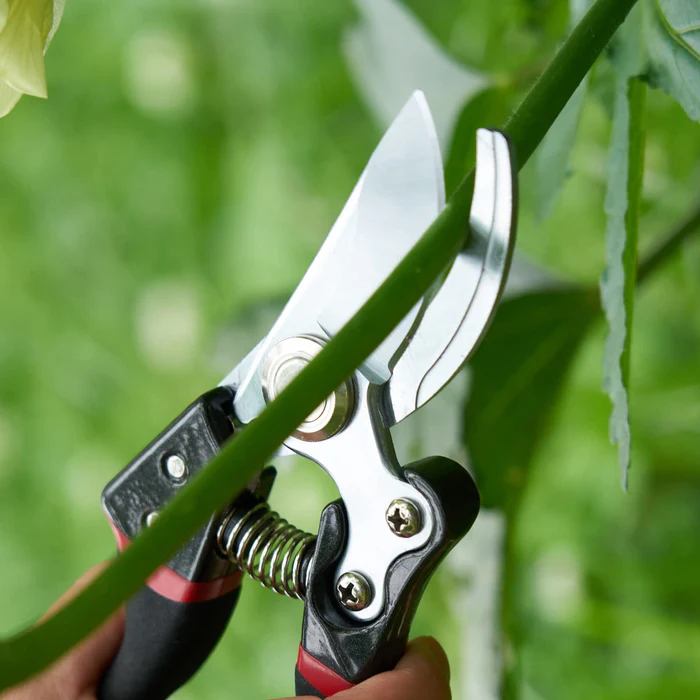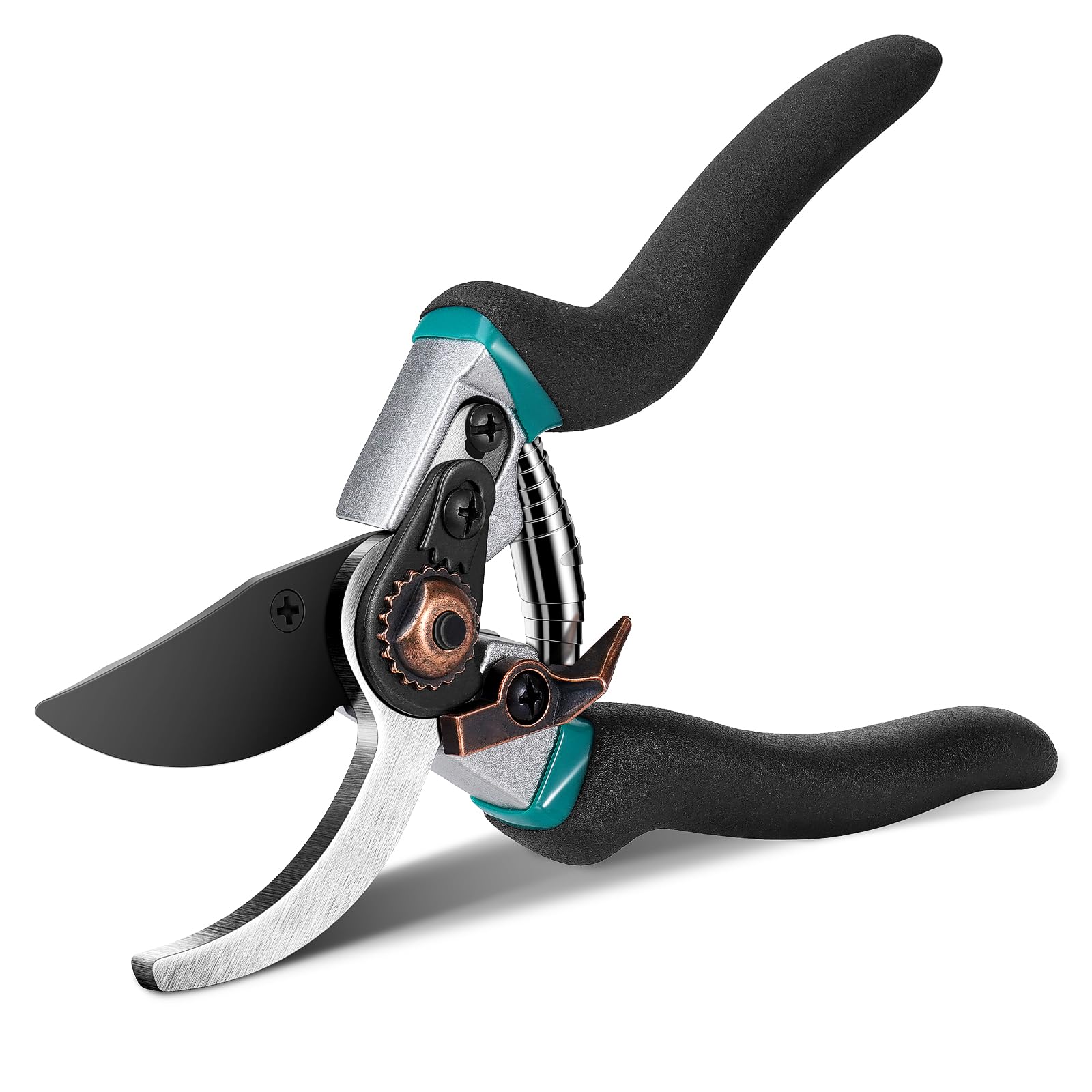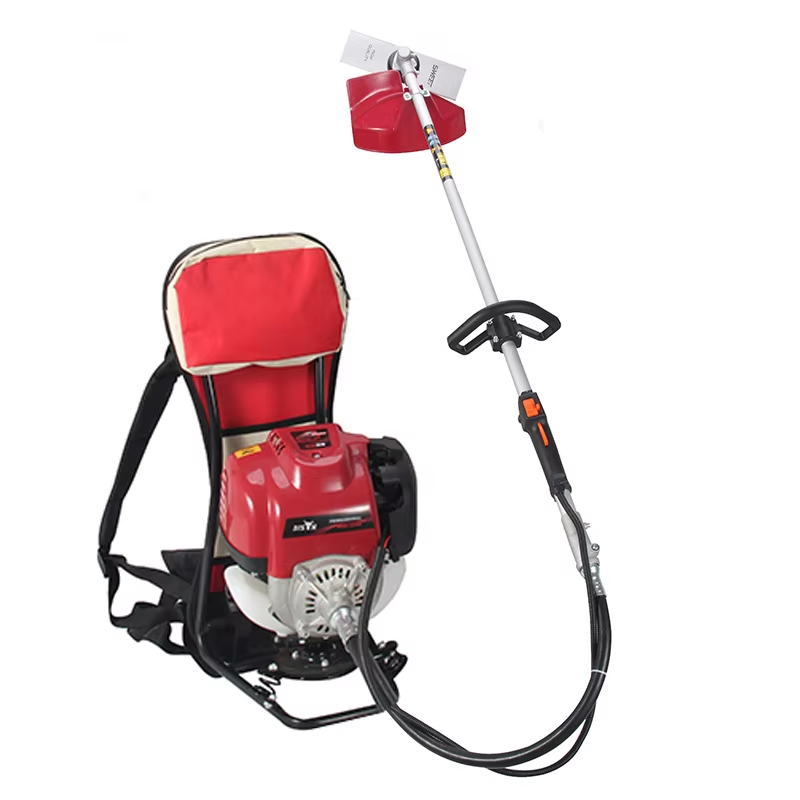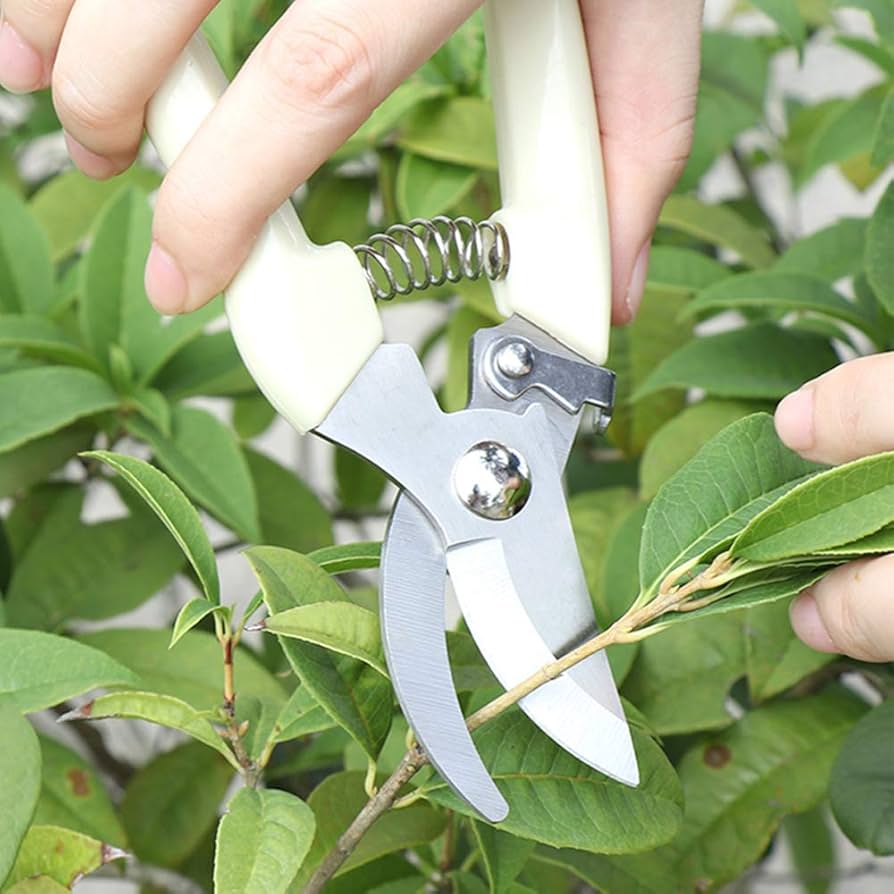
The Essential Guide to Yard Clippers
Mastering Yard Maintenance: The Essential Guide to Yard Clippers
Yard clippers serve as indispensable tools for maintaining a well-groomed and healthy outdoor space. These versatile implements enable gardeners, landscapers, and homeowners to shape, trim, and control the growth of various plants, from delicate flowers to sturdy shrubs. Understanding the different types of yard clippers, their specific uses, and proper maintenance techniques can significantly enhance the efficiency and effectiveness of yard work. This comprehensive guide explores the world of yard clippers, offering insights into selecting the right tools, mastering pruning techniques, and ensuring long-lasting performance.
Understanding the Various Types of Yard Clippers
Yard clippers come in a variety of styles, each designed for specific tasks and plant types. Hand pruners, also known as secateurs, excel at cutting small branches and stems up to about 3/4 inch in diameter. Bypass pruners, which operate like scissors with a sharp blade passing by a flat surface, provide clean cuts ideal for live wood and green stems. Anvil pruners, featuring a straight blade that cuts against a flat surface, work well for dead wood and thicker branches. For larger branches, loppers offer extended reach and leverage. Their long handles provide the necessary force to cut through branches up to 2 inches thick.
Hedge shears, with their long, straight blades, allow for precise shaping of hedges and bushes. Grass shears, designed specifically for trimming grass in hard-to-reach areas, come in both manual and powered versions. Pruning saws tackle the largest branches, with curved blades that cut on the pull stroke for efficient removal of limbs up to 5 inches in diameter. Each type of clipper serves a specific purpose, and having a variety of tools on hand ensures preparedness for any yard maintenance task. When selecting yard clippers, consider factors such as the types of plants in the yard, the frequency of use, and personal strength and comfort. High-quality clippers made from durable materials like high-carbon steel for blades and lightweight yet strong materials for handles offer the best performance and longevity.
Mastering Pruning Techniques for Healthy Plant Growth
Proper pruning techniques not only enhance the appearance of plants but also promote healthy growth and disease resistance. When using yard clippers, making clean cuts at the right locations proves crucial. For most plants, cuts should be made just above a leaf node or bud, angled slightly to allow water to run off. This technique encourages new growth and prevents water from pooling on the cut surface, which can lead to disease.
When removing larger branches, the three-cut method prevents bark tearing: make an undercut about a foot from the trunk, followed by a top cut slightly further out, and finally a clean cut close to the trunk. Timing plays a significant role in effective pruning. Generally, prune spring-flowering shrubs immediately after they bloom, while summer-flowering plants benefit from pruning in late winter or early spring. Evergreens typically require minimal pruning, but when necessary, prune them in late winter before new growth begins.
Dead, diseased, or damaged branches should be removed as soon as they are noticed, regardless of the season. When shaping hedges, maintain a wider base than top to ensure sunlight reaches all parts of the plant. For flowering plants, selective pruning encourages more blooms, while thinning out dense growth improves air circulation and reduces disease risk. Mastering these techniques ensures that yard clippers become powerful tools for promoting plant health and enhancing the overall aesthetics of the landscape.
Selecting the Right Yard Clippers for Specific Tasks
Choosing the appropriate yard clippers for each task significantly impacts the efficiency and quality of yard work. For delicate stems and precision work, such as deadheading flowers or harvesting herbs, opt for small, sharp bypass pruners. These tools allow for close, accurate cuts without damaging surrounding plant tissue. When tackling thicker branches or dead wood, anvil pruners provide the necessary force to make clean cuts through tough material. For shaping hedges and bushes, long-handled hedge shears offer the reach and cutting surface needed to create even, manicured edges.
When dealing with branches beyond arm’s reach, extendable loppers prove invaluable, allowing for pruning of high branches without the need for a ladder. For the largest pruning jobs, such as removing tree limbs, a pruning saw provides the cutting power and leverage required for efficient removal. When selecting yard clippers, consider ergonomic features that enhance comfort and reduce fatigue during extended use. Look for tools with cushioned grips, adjustable handles, and lightweight materials that minimize strain on hands and wrists.
For those with limited hand strength, ratcheting pruners or powered clippers can make yard work more manageable. Additionally, consider the maintenance requirements of different clipper types. Tools with replaceable blades or parts may offer better long-term value, allowing for easy restoration of cutting performance. By matching the right clippers to each specific task, gardeners can work more efficiently and achieve better results in their yard maintenance efforts.
Maintaining and Sharpening Yard Clippers for Optimal Performance
Regular maintenance of yard clippers ensures their longevity and optimal performance. After each use, clean the blades thoroughly to remove sap, dirt, and debris. A solution of warm, soapy water works well for most cleaning tasks, while stubborn residues may require rubbing alcohol or specialized cleaning products. Dry the tools completely after cleaning to prevent rust formation. Apply a light coat of oil to moving parts and blades to maintain smooth operation and prevent corrosion.
For tools with wooden handles, occasional application of linseed oil helps preserve the wood and prevent cracking. Sharpening the blades regularly keeps yard clippers cutting efficiently and reduces the effort required for pruning tasks. For most pruners and shears, a fine metal file or sharpening stone suffices for maintaining a sharp edge. When sharpening, follow the original bevel angle of the blade, typically around 20 to 30 degrees. For bypass pruners, sharpen only the cutting blade, not the anvil side. Loppers and hedge shears may benefit from professional sharpening to maintain their precise cutting edges.
In addition to blade maintenance, regularly inspect tools for loose bolts, worn springs, or damaged parts. Tighten any loose components and replace worn parts promptly to prevent further damage. Proper storage also plays a crucial role in maintaining yard clippers. Store tools in a dry environment, and use blade covers or sheaths to protect cutting edges when not in use. By implementing a regular maintenance routine, gardeners can ensure their yard clippers remain sharp, efficient, and reliable for years of productive use.
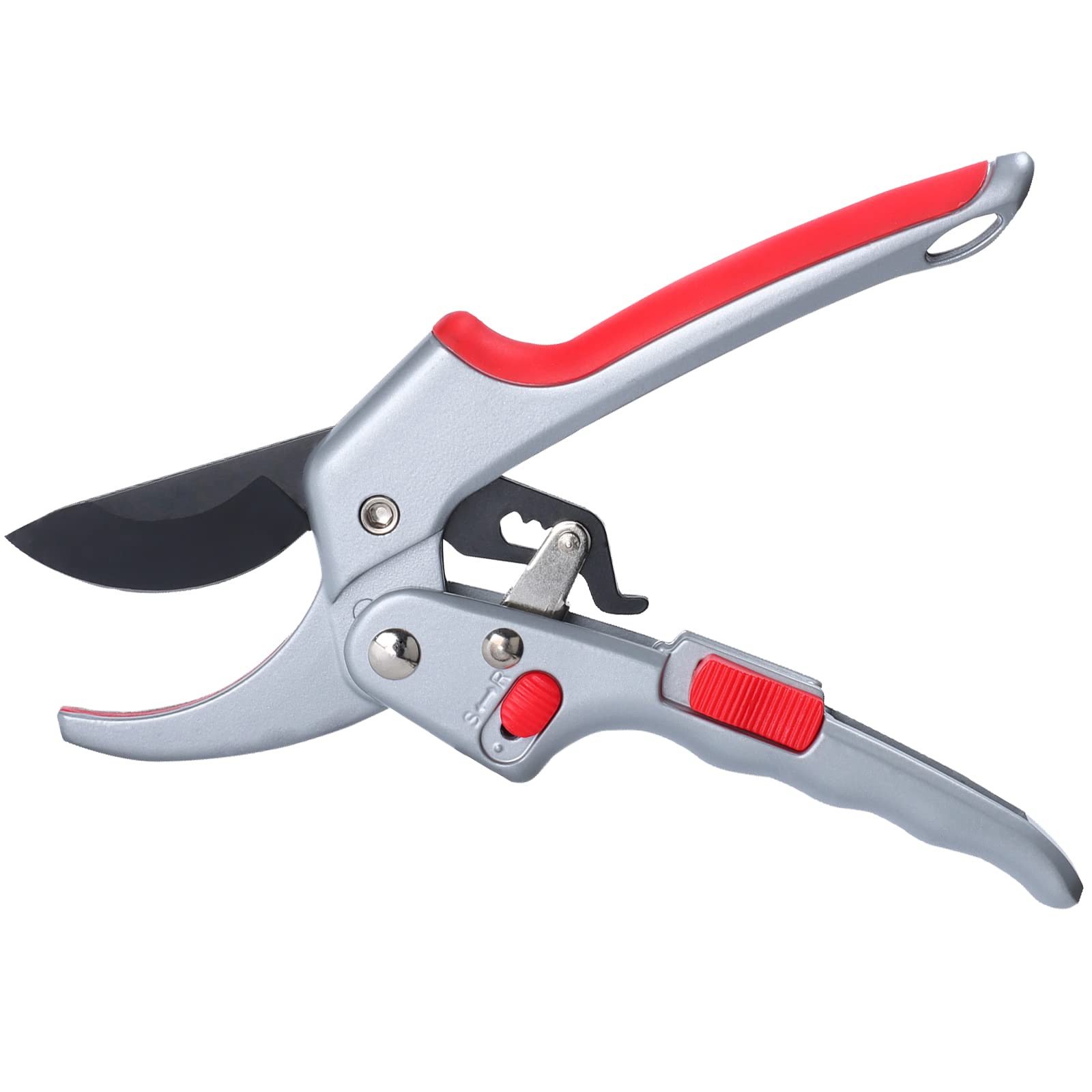
Safety Considerations When Using Yard Clippers
While yard clippers prove essential for maintaining a beautiful landscape, they also pose potential safety risks if used improperly. Always wear appropriate safety gear when working with yard clippers, including sturdy gloves to protect hands from cuts and scratches. Safety glasses shield eyes from flying debris, particularly when cutting dead or brittle branches. When using loppers or pruning saws for overhead work, a hard hat provides additional protection. Maintain a stable footing when pruning, especially when reaching or working on uneven terrain. Avoid overreaching, which can lead to loss of balance and potential injury.
When carrying yard clippers, keep the blades closed and pointed downward. For larger tools like loppers or pruning saws, use blade covers during transport. Never attempt to catch falling tools; instead, step back and allow them to fall to the ground. When making cuts, keep hands and fingers clear of the cutting mechanism, and be aware of the potential for branches to spring back after being cut. For powered clippers, follow all manufacturer safety guidelines, including wearing hearing protection if recommended. Keep electrical cords clear of cutting areas to prevent accidental damage.
When working near power lines or in areas with limited visibility, exercise extreme caution and consider hiring professionals for potentially dangerous pruning tasks. Properly dispose of cut branches and debris to prevent tripping hazards. By prioritizing safety and following these guidelines, gardeners can enjoy the benefits of yard clippers while minimizing the risk of accidents or injuries.
Innovative Features in Modern Yard Clippers
Advancements in technology and design have led to the development of innovative features in modern yard clippers, enhancing their performance, comfort, and versatility. Ergonomic designs reduce hand fatigue during extended use, with features like rotating handles that adjust to different cutting angles and cushioned grips that absorb shock. Some pruners now incorporate gearing mechanisms that multiply the user’s hand strength, making it easier to cut through thicker branches. Ratcheting systems in loppers and pruners allow users to make cuts in stages, reducing the force required for each cut.
Titanium-coated blades offer improved durability and rust resistance, maintaining their sharp edge for longer periods. Some manufacturers have introduced interchangeable blade systems, allowing users to switch between different blade types or replace worn blades without purchasing entirely new tools. For electric and battery-powered clippers, brushless motors provide increased efficiency and longer run times. Smart features in some powered models include automatic blade adjustments based on branch thickness and safety locks that prevent accidental activation.
Lightweight composite materials reduce the overall weight of tools without compromising strength, making them easier to maneuver and reducing user fatigue. Some yard clippers now incorporate built-in sap grooves or non-stick coatings that prevent blades from gumming up during use. For hedge trimmers, laser guides help users maintain straight, even cuts along long hedgerows. These innovations not only improve the functionality of yard clippers but also make yard maintenance tasks more accessible to a wider range of users, including those with limited strength or mobility.
Seasonal Care and Storage of Yard Clippers
Proper care and storage of yard clippers between seasons ensures their readiness for use when needed and extends their overall lifespan. At the end of the growing season, thoroughly clean all tools to remove any accumulated dirt, sap, or plant debris. Disassemble tools if possible, cleaning each component separately and allowing them to dry completely. Sharpen blades and apply a protective coating of oil to prevent rust formation during storage.
For tools with wooden handles, sand away any rough spots and apply a coat of linseed oil to prevent drying and cracking. Tighten any loose screws or bolts, and replace any worn parts before storing. Store yard clippers in a dry, protected area to prevent exposure to moisture and extreme temperatures. Hanging tools on a pegboard or storing them in a dedicated tool rack keeps them organized and prevents damage from contact with other tools. For battery-powered clippers, remove batteries and store them separately in a cool, dry place.
Charge batteries periodically during the off-season to maintain their capacity. Before the start of the new growing season, inspect all tools for any signs of damage or wear. Test moving parts to ensure smooth operation, and apply lubricant as needed. By implementing these seasonal care practices, gardeners can ensure their yard clippers remain in top condition year after year, ready to tackle any pruning or trimming task when spring arrives.

Environmental Considerations in Yard Clipper Use and Disposal
As environmental awareness grows, considering the ecological impact of yard maintenance practices becomes increasingly important. When selecting yard clippers, opt for durable, high-quality tools that will last for many years, reducing the need for frequent replacements and minimizing waste. Look for tools made from sustainable materials or those with replaceable parts to extend their usable life. For powered clippers, consider electric or battery-operated models that produce fewer emissions compared to gas-powered alternatives.
When disposing of old or broken yard clippers, research local recycling options for metal and plastic components. Many communities offer specialized recycling programs for tools and garden equipment. For tools with wooden handles, consider repurposing the wood for other projects or composting if untreated. When pruning diseased plant material, clean tools thoroughly between cuts and dispose of infected cuttings properly to prevent the spread of pathogens.
Consider composting healthy plant trimmings to enrich garden soil naturally, reducing the need for synthetic fertilizers. Use organic pest control methods in conjunction with proper pruning techniques to maintain plant health without relying on harmful chemicals. By adopting environmentally conscious practices in the use and disposal of yard clippers, gardeners can maintain beautiful landscapes while minimizing their ecological footprint.
The Future of Yard Clippers: Trends and Innovations
The landscape of yard maintenance continues to evolve, with new trends and innovations shaping the future of yard clippers. Smart technology integration emerges as a significant trend, with some manufacturers developing app-connected tools that provide pruning guidance, maintenance reminders, and usage tracking. Augmented reality (AR) features may soon assist users in visualizing pruning outcomes before making cuts.
Advancements in battery technology promise longer run times and faster charging for powered clippers, making them increasingly competitive with traditional gas-powered tools. Sustainable manufacturing practices are gaining prominence, with some companies exploring biodegradable materials for handles and packaging. Ergonomic designs continue to evolve, with ongoing research into reducing strain and increasing comfort during prolonged use. Modular tool systems, allowing users to switch between different clipper heads on a single handle, offer increased versatility and storage efficiency.
Precision pruning aids, such as laser guides and ultrasonic sensors, may become more common in both manual and powered clippers. As urban gardening and small-space cultivation grow in popularity, expect to see more compact, multi-functional tools designed for balcony and patio gardens. The integration of artificial intelligence could lead to automated pruning systems for large-scale landscaping operations. These emerging trends and innovations promise to make yard maintenance more efficient, accessible, and environmentally friendly, ensuring that yard clippers remain essential tools for creating and maintaining beautiful outdoor spaces.
